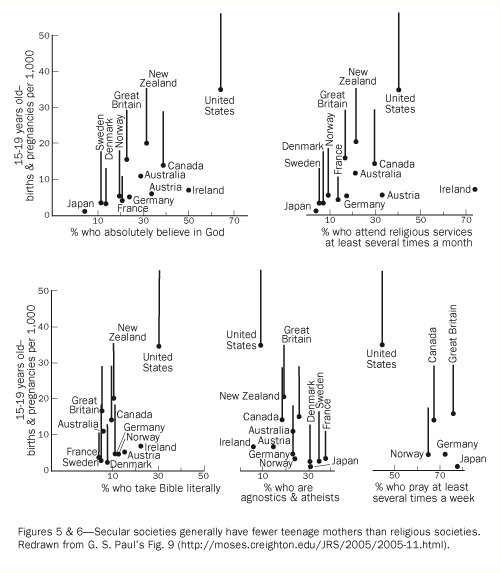"His & Hers: Designing for a Post-Gender Society" by Emma Green. Summary:
The article starts off with the acknowledgment of the changing in gender roles. Because of such changes, Green appeals that designers should take note of these differences and help promote acceptance and change through their designs. Green then goes on mentioning the condition of design within the working world of today, to which she attributes to the modernism movement; a movement deeply connected to the male perspective, as they are the ones that dominate the working force. Green makes the claim that a wave of feminism will hit the work force, in response, Tick reaches out to designers on that they should focus on incorporating "gender sensitivity" into the workplace. Giving examples of the type of changes, such as adding more windows, more "softness in texture," in essence, a re-haul of the old solid workplace catered to the male perspective, to that one that focuses on softness and hospitality.
The article then shifts gear to the actual instances where gender sensitivity has made its way into the way things are designed. Tick adds that the fastest field to incorporate this sensitivity is within fashion, due to its rapid movement. Tick gives examples of designs, such as a woman's military coat, and masculine designs for male makeup, which have been made in attempts to accommodate the changing gender roles. Ending the article, Tick brings up transgenders face on a daily basis, the use of bathrooms. Tick argues that the very first step should be providing an environment that allows an individual to express his or her identity, the issue of bathroom usage then, is the stepping stone towards creating such an environment.

 The first thing that comes to my mind when I read this is the Westboro Baptist Church and the way it uses its faith to justify its bigotry as conviction. In the image above, these members protest everything that challenges their faith, but they do so in a way that, arguably I assume, denies their beliefs too. They use the bible to justify their dislike and opposition to such social movements as same sex marriage, but they do so in an alienating way that comes off as extremely hateful, which is something the bible also teaches against.
The first thing that comes to my mind when I read this is the Westboro Baptist Church and the way it uses its faith to justify its bigotry as conviction. In the image above, these members protest everything that challenges their faith, but they do so in a way that, arguably I assume, denies their beliefs too. They use the bible to justify their dislike and opposition to such social movements as same sex marriage, but they do so in an alienating way that comes off as extremely hateful, which is something the bible also teaches against.
 There is evidence that there is a greater societal dysfunction in countries with higher religiosity rates. Though most arguments use this data to say that religious people are problematic, in this instance, it can be used to explain why people act out. Religion can influence people to believe, support, and enforce social constructs that may be alienating and negatively affect minorities that challenge the status quo.
There is evidence that there is a greater societal dysfunction in countries with higher religiosity rates. Though most arguments use this data to say that religious people are problematic, in this instance, it can be used to explain why people act out. Religion can influence people to believe, support, and enforce social constructs that may be alienating and negatively affect minorities that challenge the status quo.